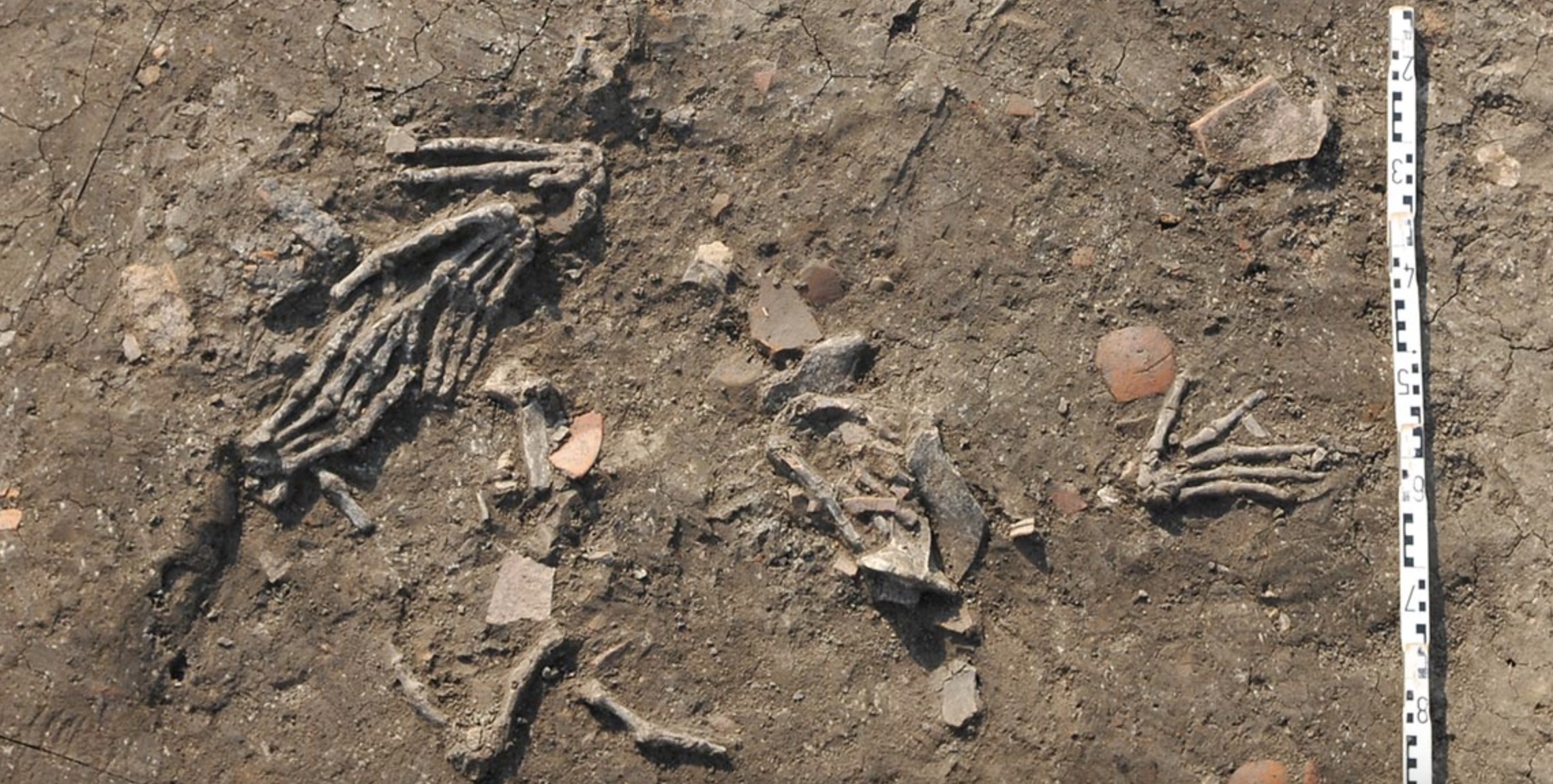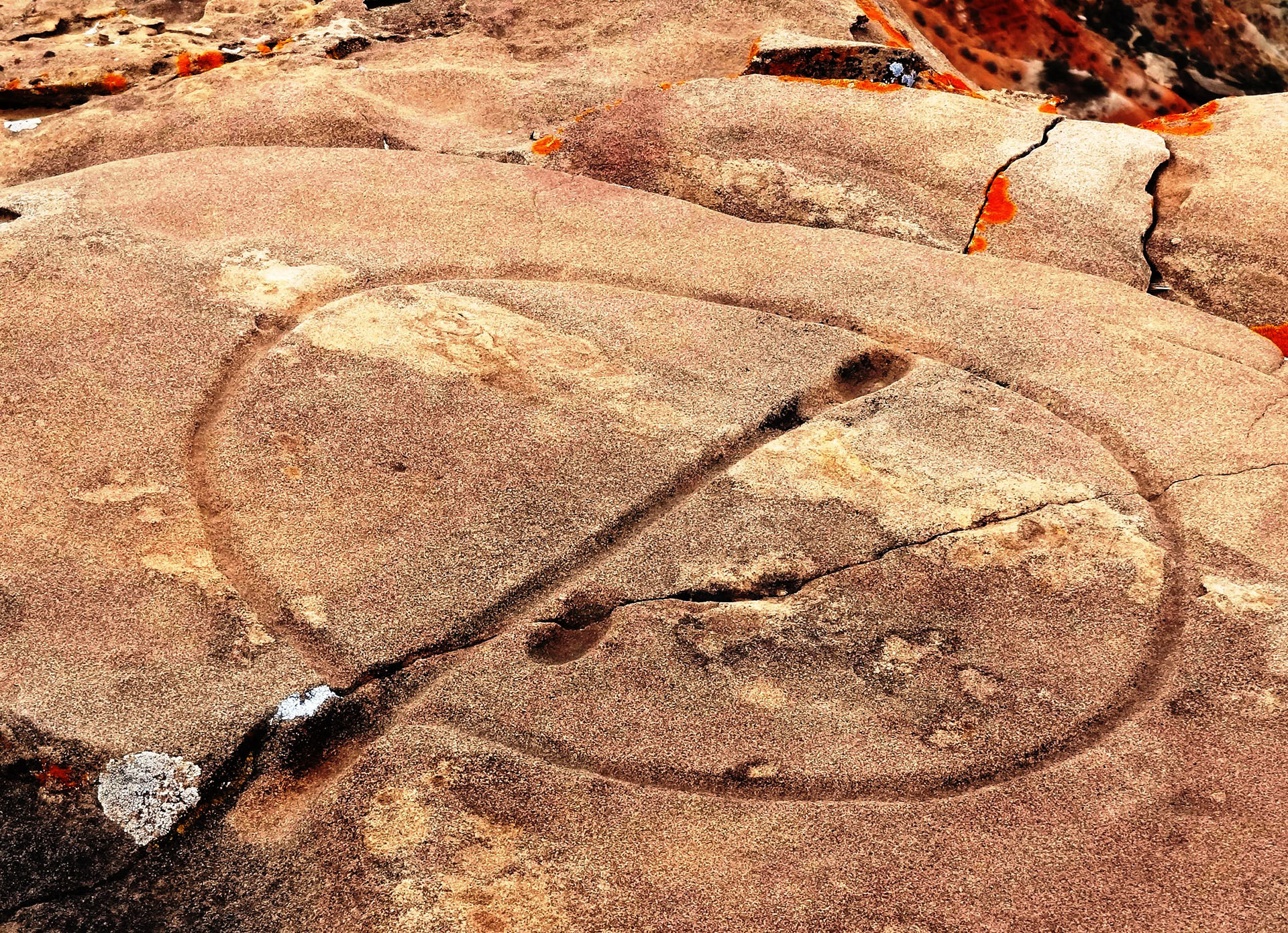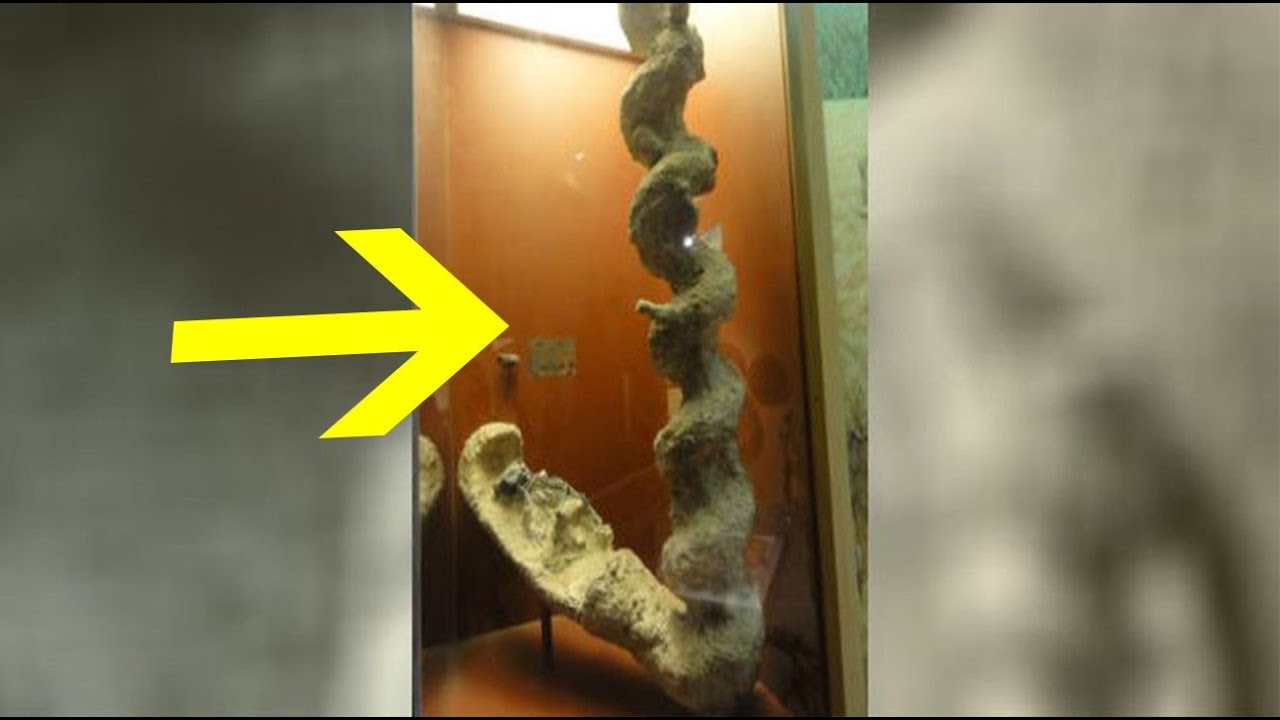Ancient Egyptian Palace Unearths Gruesome Trophies: Severed Hands
A new study suggests that a dozen severed hands found at an ancient Egyptian palace may have been gruesome trophies taken by foreign invaders during a ritual.
Trophy-Taking Ritual in Ancient Egypt
In a recent study published in Scientific Reports, researchers claim that the 12 severed hands found stacked in the courtyard of an ancient Egyptian palace could be the result of a brutal “trophy-taking” ritual by a foreign invader. Inscriptions and reliefs in Egyptian tombs and temples have depicted mutilated or amputated hands as early as the New Kingdom, between the 16th and 11th centuries BC. This study marks the first time archaeologists have found and analyzed actual severed hands, which they believe belonged to at least 11 men and possibly one woman.
Unearthing the Hands in a Hyksos Palace
The research team examined right hands discovered in 2011, which were buried in three separate graves in the courtyard of the Hyksos palace at Avaris/Tell el-Dab’a in northeastern Egypt. The palace dates back to the 15th Dynasty (1640-1530 BC), when Hyksos kings ruled Lower and Middle Egypt up to the city of Cusae (now El Quseyya). The Hyksos were thought to be invaders from Egypt and the first foreign rulers of the civilization, although recent evidence has cast doubt on this interpretation.
Deliberate Amputation and Placement
Led by paleopathologist Julia Gresky of the German Archaeological Institute in Berlin, the researchers explored taphonomic causes for the severed hands’ specific location. They concluded that the hands were deliberately amputated and placed in the graves after removing the attached forearm parts. The hands were found to be “soft and pliable,” suggesting they were buried before rigor mortis set in or shortly after it had passed.
Egyptians Adopted the Trophy-Taking Custom
The researchers believe that the Hyksos in Egypt practiced amputation of the right hand as a ritual between 50 and 80 years before it was recorded in tomb hieroglyphics. The Egyptians likely adopted this custom no later than King Ahmosis’s reign, as evidenced by a relief of a bunch of hands in his temple at Abydos. The study raises questions about whether mutilation was a form of punishment or a military victory trophy. The authors argue that the severed hands’ location, treatment, and possible positioning contradict the hypothesis of punishment by law enforcement.
📚📖 Make sure to join Ancient Library on Telegram, and become part of a unique group 👉🏻 https://t.me/theancientlibrary
If you want to help us out and support the page, you can buy us a coffee ( we really appreciate it) 👉🏻 https://www.buymeacoffee.com/ancientlibrary
I am the Librarian, and I, together with the guardians of the Ancient Library, curate content for this site. Welcome, and enjoy your stay.
-
The Librarianhttps://ancient-library.com/author/ivan/
-
The Librarianhttps://ancient-library.com/author/ivan/
-
The Librarianhttps://ancient-library.com/author/ivan/
-
The Librarianhttps://ancient-library.com/author/ivan/





